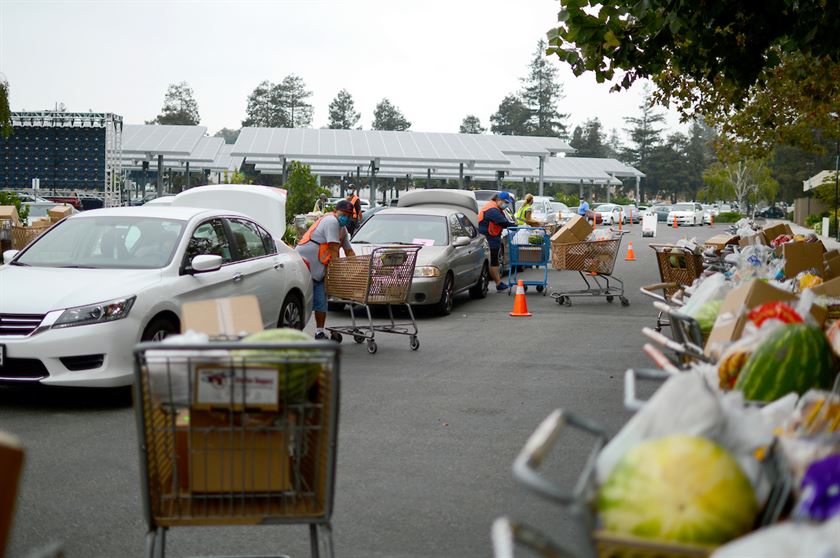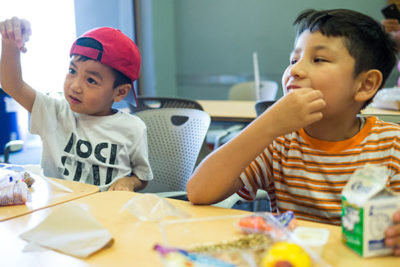Do you know anyone who is food insecure? You might be surprised, because the signs of food insecurity aren’t always obvious.
What is food insecurity? Is it the same as hunger?
Hunger is a feeling you get when you haven’t eaten. It’s a physical feeling of discomfort, while food insecurity is an economic condition. When someone is food insecure, it means they don’t have the means to access enough nutritious food on a regular basis. In food-insecure households, people often have to make choices between getting only what they can afford – which is usually cheap and/or nutrient-deficient – or skipping meals. Living in an extended state of food insecurity can have negative impacts on physical, emotional, social and mental well-being.
Food insecurity is a major problem in Silicon Valley, and it’s only gotten worse since the pandemic hit. It can be hard to see because there is so much wealth in this area, but there are 460,000 people every month who rely on Second Harvest distributions to get free, nutritious groceries for themselves and their families.
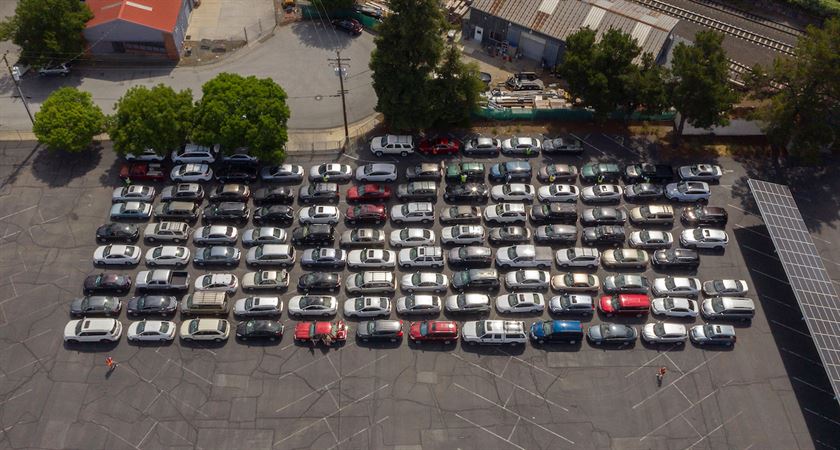
Helping our community understand the complexities of the problem that so many of our neighbors face can help increase the understanding of how hard it is to live in a very high cost of living area on low wages, and hopefully increase the empathy we have for the people who are working hard every day to provide for their families.
Below are five common myths about food insecurity.
Food Insecurity Myth #1: Only people who are unhoused need food assistance.
This is one of the most common food insecurity myths, but if it were true, Second Harvest would be providing food to fewer than 12,000 people. That’s how many residents don’t have a permanent place to call home according to the most recent count in Santa Clara and San Mateo counties. Instead, Second Harvest of Silicon Valley provides food to 450,000 people every month.
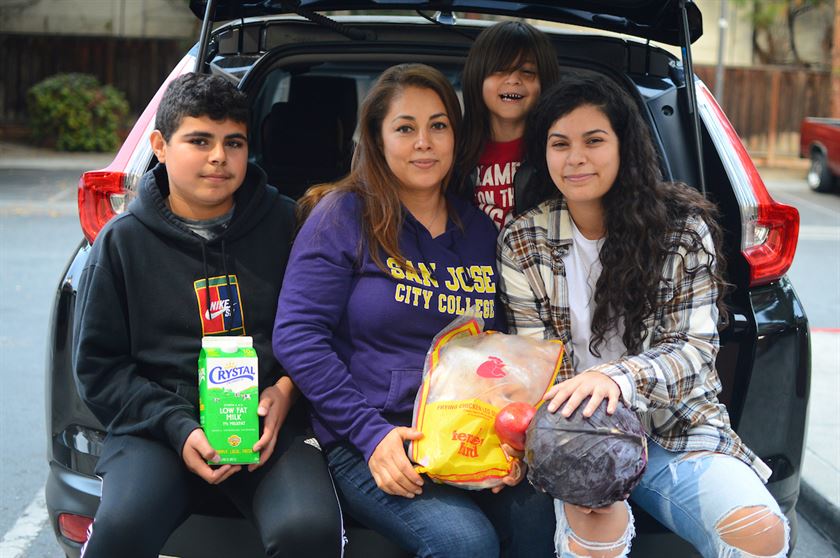
The truth is the vast majority of kids, families and seniors we serve are housed – but after paying for the high cost of housing in Silicon Valley, and managing other fixed costs/bills, many people find that they can’t afford to buy enough nutritious groceries with what’s left over at the end of the month. That’s why most of what Second Harvest provides is produce and other fresh foods like meat, eggs and dairy products that our clients can use to create and enjoy balanced, home-cooked meals.
Food Insecurity Myth #2: Only people who are unemployed need food assistance.
Due to the high cost of living in Silicon Valley, you don’t have to be unemployed to be food insecure. San Mateo County is the most expensive region for people who rent in the country, and the San Jose-Sunnyvale-Santa Clara region is the second most expensive, according to the National Low Income Housing Coalition. Based on numbers provided by HSH, a household would need to make more than $282,000 to buy a home in San Jose in 2022.
The truth is wages have remained relatively flat over the past couple of decades for everyone except the highest-paid tech industry employees, while the cost of living has skyrocketed – and that was before inflation hit a 40-year high, further straining household budgets. That means many of the people who are key to making our community a great place to live – including those in healthcare, education, retail, hospitality and other service industries – can barely make ends meet.
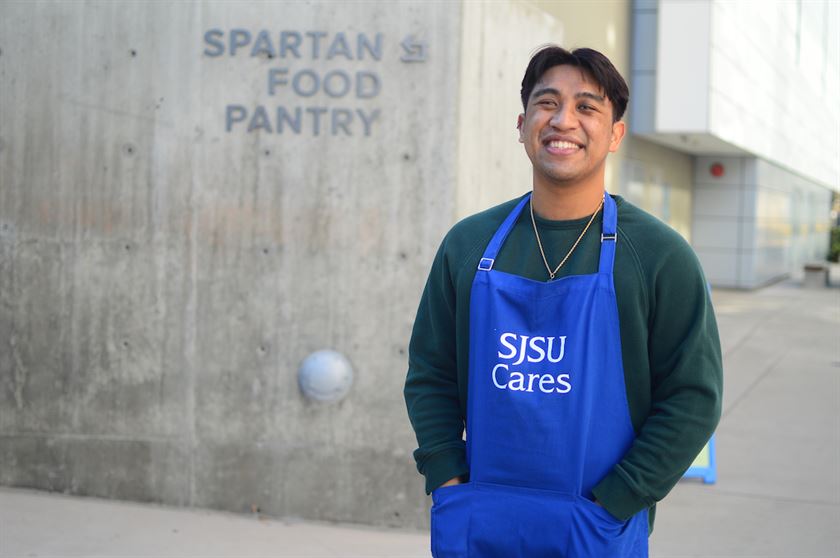
Most of our adult clients have at least one job, but many also have to work two or three jobs just to make ends meet. “I work my butt off having two jobs just to ensure that my family doesn’t have to focus on my education and my housing and my food insecurity and all that,” says CJ, a San José State University student who gets food from the campus pantry stocked by Second Harvest.
Food Insecurity Myth #3: You can tell when someone is food insecure just by looking at them.
The truth is, you can’t always see when someone is food insecure. They may have purchased a nice car or decent clothing when they were financially secure, but due to recent job loss or a life-changing event, they can’t afford enough healthy groceries for their family. There are many reasons why someone might have nice things and still need food assistance.

With the high cost of living in Silicon Valley, it’s difficult for a lot of hardworking people to pay their bills, let alone save money. In a recent survey of Second Harvest clients, 60% of respondents said they have less than $100 in savings. That means many families are just a paycheck away from a financial disaster. While some people may have purchased “nicer things” when they had more money, hitting unexpectedly tough times can change things overnight – material possessions are not always an indication that people are financially stable.
We don’t want people to wait until they lose absolutely everything before they ask for help, but unfortunately, many of our clients only reach out when their cupboards are bare. Food assistance can help individuals and families stay housed by freeing up funds for housing, bills and other expenses.
Food Insecurity Myth #4: People who are overweight can’t be food insecure.
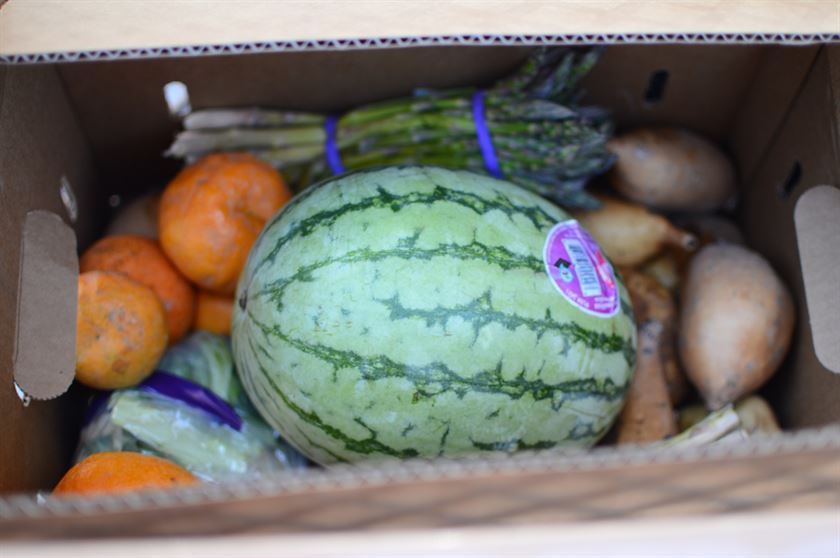
You may think it’s not possible for someone to need food assistance if they are overweight. Doesn’t that mean they eat too much already? It’s easy to understand why this food insecurity myth persists. The truth is it’s not uncommon for people who are food insecure to be overweight or even obese.
In a 12-state study of 66,553 adults, those who were food insecure had a 32% greater risk of being obese compared with those who weren’t. Food insecurity and obesity have a complicated relationship, and there are a number of reasons why that’s true.
Our clients are often juggling multiple jobs, have limited transportation options and are trying to stretch their food dollars to the end of the month any way they can. The impact of being economically unstable, a reliance on cheap fast foods and stress-induced hormones can all drive cravings and decisions around food, which can then lead to obesity.
Lower-cost foods like fast foods and cheap snack items tend to be higher in sugar, fat and calories. They can temporarily fill you up but do not provide enough of the nutrients our bodies need, which is why low-income communities tend to have higher rates of diabetes as well as high blood pressure and other health issues.
“It’s not just calories in calories out. Research that shows trauma and childhood trauma and toxic stress can change your health, the way you sleep, and the way you choose food. That is really the foundation of many health problems. What research is showing now is adverse childhood experiences, trauma and toxic stress lead to all of these health conditions. The solution needs to start a lot earlier.” – Maya Murthy, Director of Nutrition for Second Harvest of Silicon Valley

To counter this inequity, Second Harvest of Silicon Valley provides the most nutritious foods possible. Our Nutrition Policy indicates that we aim to provide a healthy mix of products to our clients, including 50% fresh produce and 25% protein and dairy, with a focus on whole-grain and low-sugar/low-sodium options. In a recent client survey, 96% of respondents said they are able to provide healthier foods to their families because of what they receive from Second Harvest.
Food Insecurity Myth #5: People are cheating the system to get food they don’t really need.
This is probably the most damaging food insecurity myth because it questions the integrity of those who come to us seeking food for their families. The truth is we are more concerned about the people who aren’t getting enough nutritious food to stay healthy but still don’t ask for help because they fear the social stigma and judgment of asking for support. Surveys we’ve conducted over the years tell us that most people are reluctant to get food assistance even when they need it.
Even before the pandemic, 1 in 4 people in Silicon Valley was at risk of food insecurity based on their income and the high cost of living in this area – and things have only gotten worse for low-wage earners since the pandemic.
Mostly we know that people accepting food from Second Harvest who otherwise can afford to buy it is rare because we talk to the people who come to our grocery distribution sites – the moms who are worried about providing enough nutritious food for their kids, the seniors who want to make sure they don’t take too much so there is food left for others, and the college students who are grateful for the help as they struggle to pay for school and other basic necessities.
We encourage anyone who is interested in understanding how food insecurity impacts our community and what we’re doing to address that to volunteer at one of our many sites and meet some of the families, seniors and college students who rely on our services to maintain access to nutritious food and all the benefits that come along with it.
